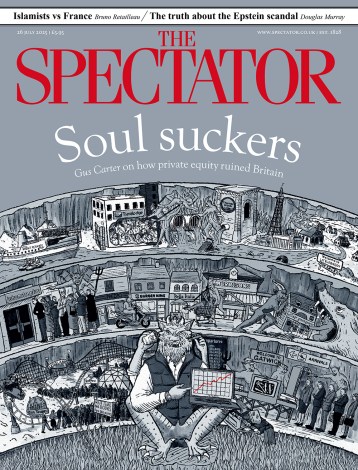We live in a golden age of swearing
Authors’ book tours are often fun but rarely easy. For me the long train journeys are a delight, but on arrival at bookshop or literary festival a doubt mars any pleasant anticipation: what are they expecting? Your likely audience has come for you rather than the book. Maybe that sounds conceited, as I’m hardly A-list, but I do excite a measure of (possibly morbid) curiosity. As to my audience’s interest in the book itself, well, they haven’t read it. It has only just been published. Their attitude tends to be neutral. How do I interest them? My latest presents me with a particular challenge. As a personal anthology of abuse




















